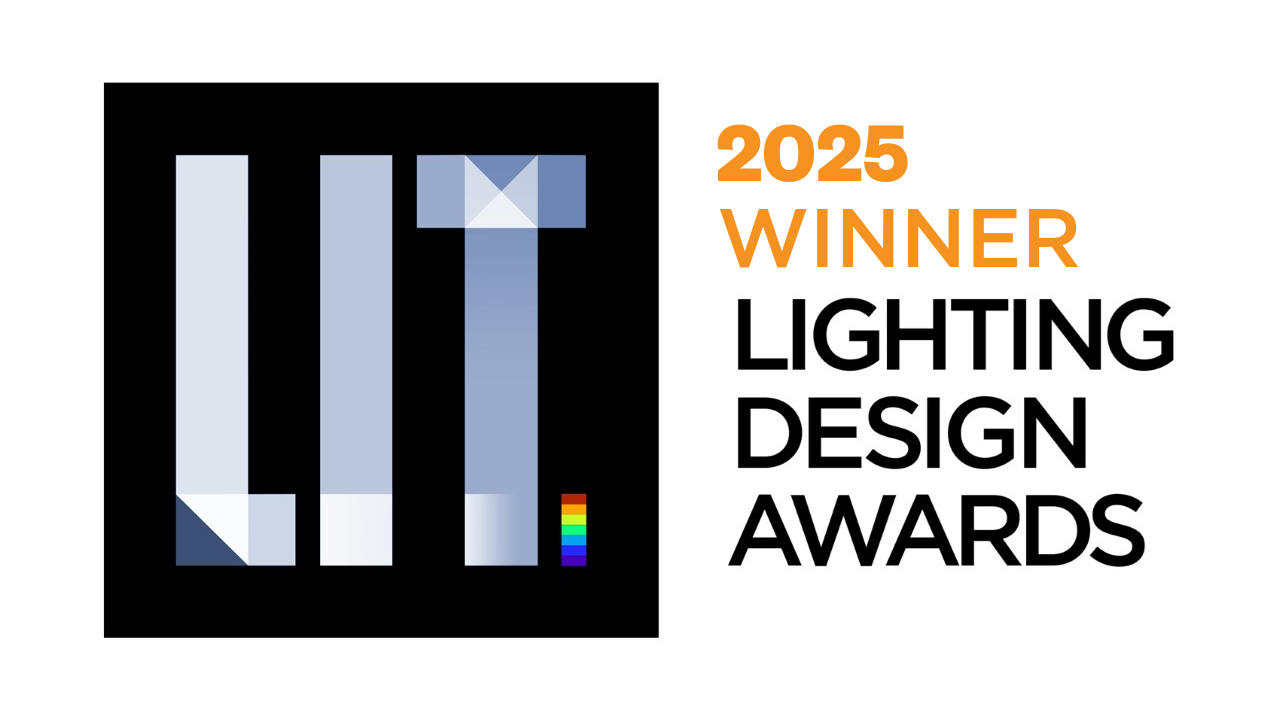Prize(s) Winners in Retails Lighting Design
Lighting Design/Product Company YAANK Lighting Design
Lead Designers Ke Yang
Other Designer's names He Zhang
Interior Design Company Feibo Chen
Client RARA
Photo Credits Hai Zhu
Completion Date 2024
Project Location Hangzhou, China
Entry DescriptionUsing the building façade as a medium, the modular lighting system interprets the circadian rhythm of Hangzhou: 1.Morning mode: lighting up the upper half-cavity structure of the building structure, creating a natural transition of morning light slowly sweeping over the mountains; 2.Daytime mode: lighting up the upper and lower cavities of the building structure, presenting the brightness and vitality of the daytime; 3.Twilight mode: lighting up the lower half of the building structure, reproducing the soft gradation of the setting sun. Responding to the city with the mode of light, replicating the breath of nature with technology, and carrying the poetry of the East with fine craftsmanship.
We used artificial light sources to carefully mimic natural light, taking oriental aesthetics as our inspiration and elevating the use of light to artistic heights. Through clever layout and design, the ceiling is ‘opened up’ to allow the soft flow of sunlight into the room, injecting a breath of life into the space. This design not only makes up for the lack of natural light in the room, but also brings a comfortable experience beyond the daily life, through the transmittance of the material and the adjustment of the intelligent system so that the light is always in the most comfortable zone for human beings.
Sustainability ApproachWe adopted modular components—such as intelligent lighting systems, modular furniture, and spatial lighting design—to support future flexibility for adjustments or upgrades. This approach reduces energy consumption and resource waste from demolition and reconstruction, minimizes construction waste, and extends the lifecycle of materials, aligning with the principles of a circular economy. The intelligent lighting control system automatically adjusts indoor lighting based on changes in natural daylight, reducing energy consumption caused by over-illumination while balancing visual comfort and energy-saving needs. By reducing the demand for excessive brightness and moving away from the commercial emphasis on high illuminance, the design incorporates tranquil lighting environments to lower energy use while addressing psychological and therapeutic needs.


